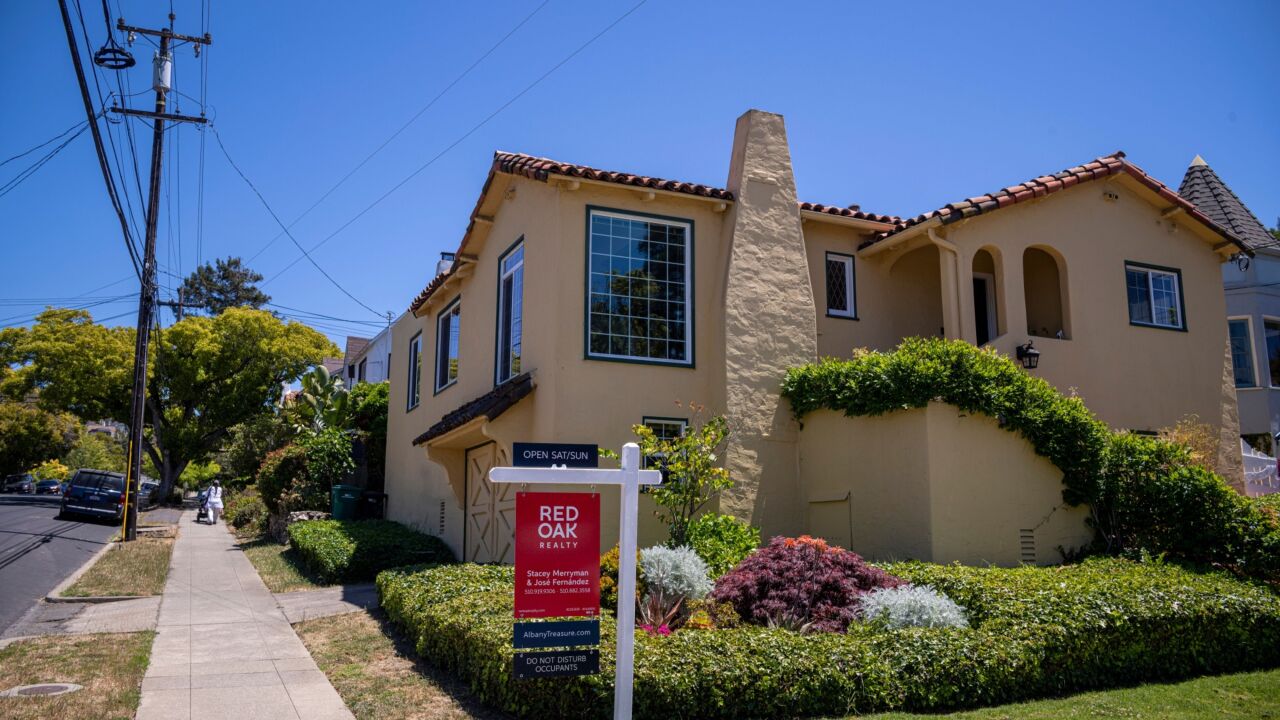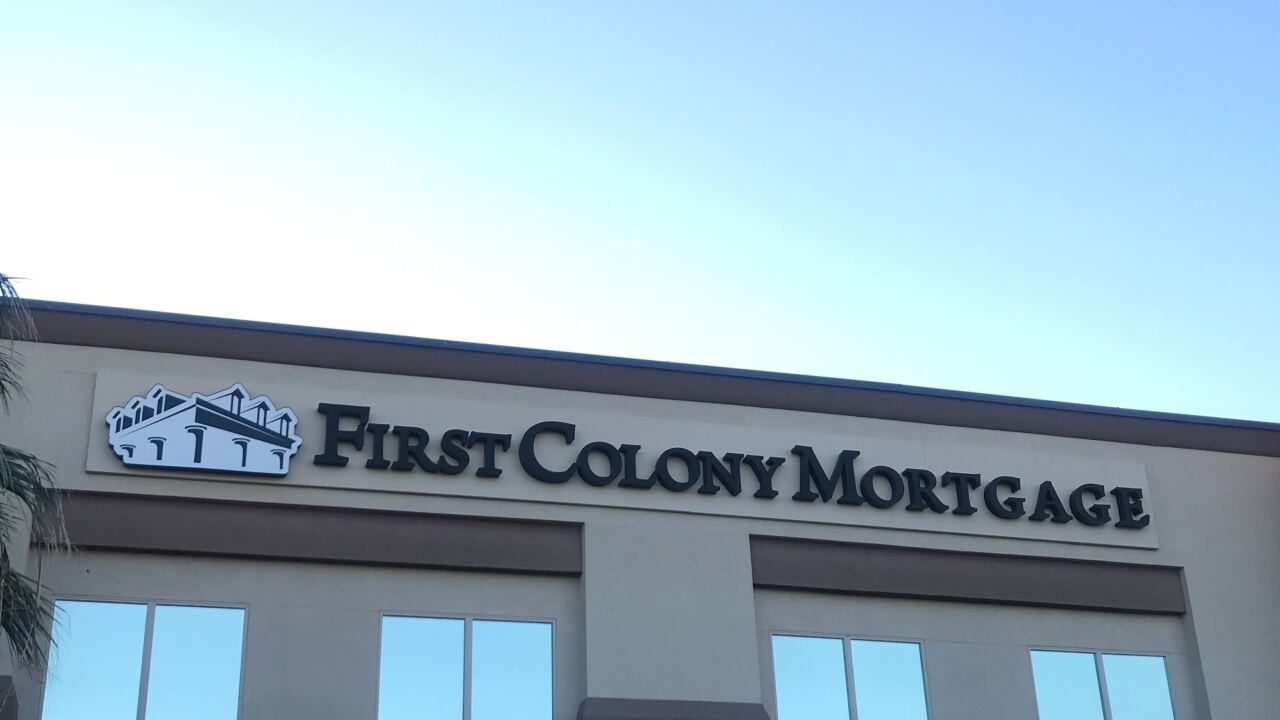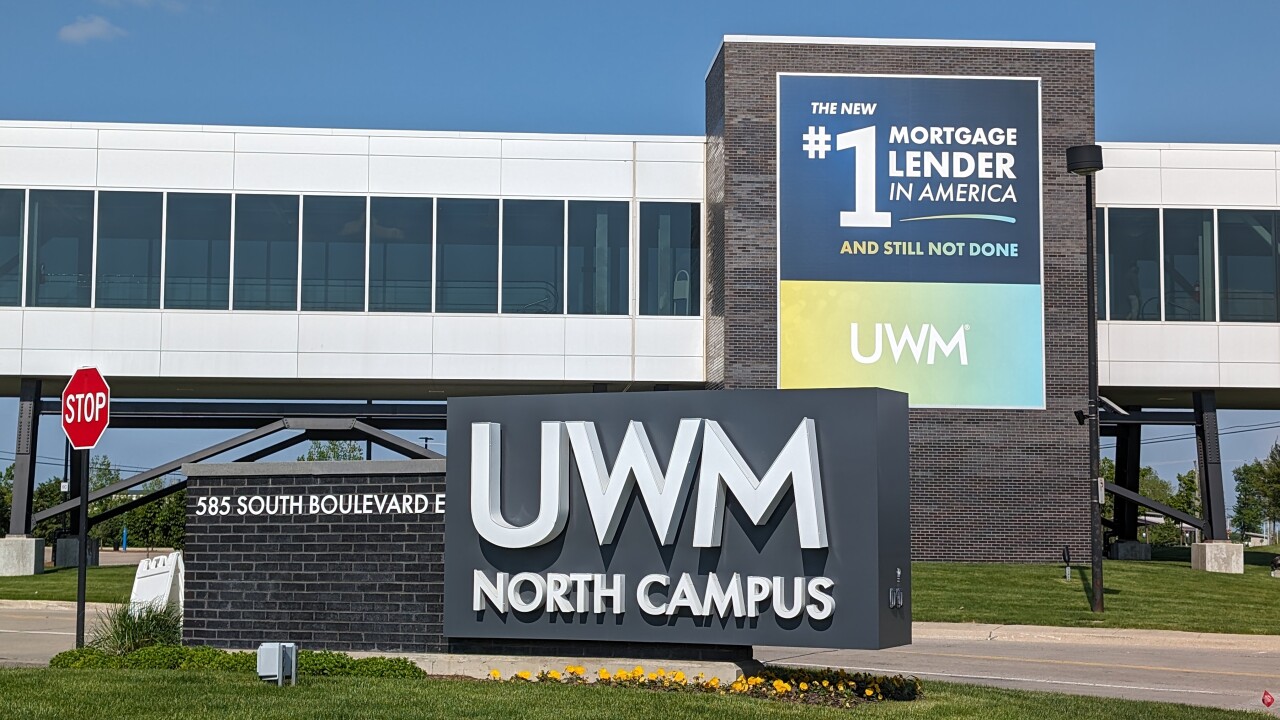U.S. cities including Miami and Boston are seeing high or rising risk of bubbles forming in their real estate markets even as global property imbalances decline, according to a report by UBS Group AG.
Prices in Miami have risen by almost 50% since the end of 2019, fueled by a booming luxury market, with the risk of a bubble rising to "high" this year and coming first in a ranking of global cities, UBS economists Matthias Holzhey and Maciej Skoczek wrote in the annual Global Real Estate Bubble Index published Tuesday.
Tokyo and Zurich came second and third in their chances of experiencing a bubble, which UBS defines as a substantial and sustained mispricing of an asset, the existence of which cannot be proved unless it bursts. The overall global bubble risk declined for a second year, as higher interest rates drive corrections in many markets including Paris and Hong Kong.
Residential markets are set to gain momentum again with
"Real home prices in many cities have bottomed out," he wrote. "The economic outlook will determine the dynamics of future price trends more than in recent years."
U.S. house prices rose with supply constrained by buyers and sellers waiting for lower interest rates. Muted transaction volumes keep supply tight as markets freeze in waiting for better times, the report found.
European house prices fell the most as rising mortgage rates sent markets tumbling. The strongest price corrections of 20% or more compared with post-pandemic levels were seen in cities like Frankfurt, Munich, Stockholm, and Paris that displayed a high risk of a real estate bubble in previous years.
Building permits have been declining in most cities amid deteriorating financing conditions while real rents have increased by more than 5% on average over the last two years. That reduced the financially affordable living space for a skilled service sector worker to, on average, 40% less than in 2021, according to the report.





